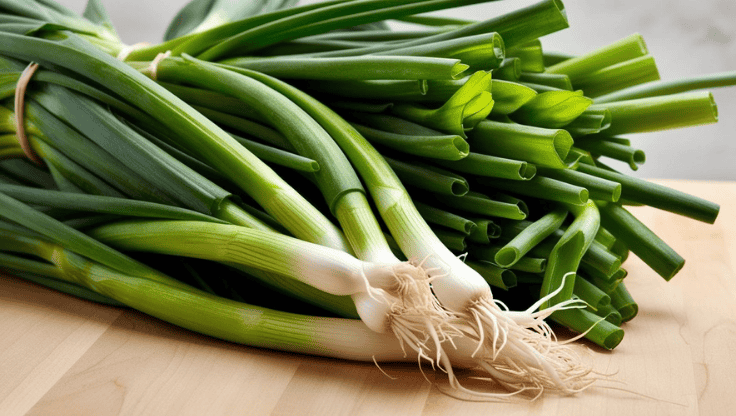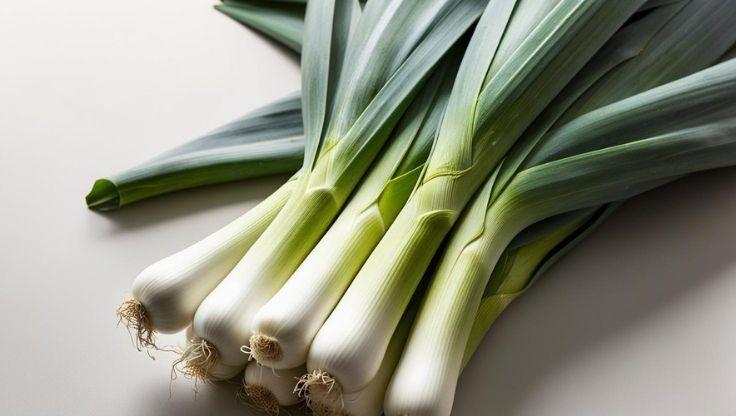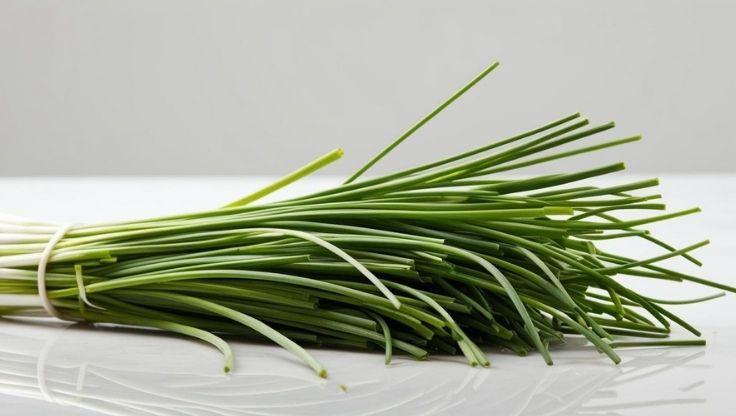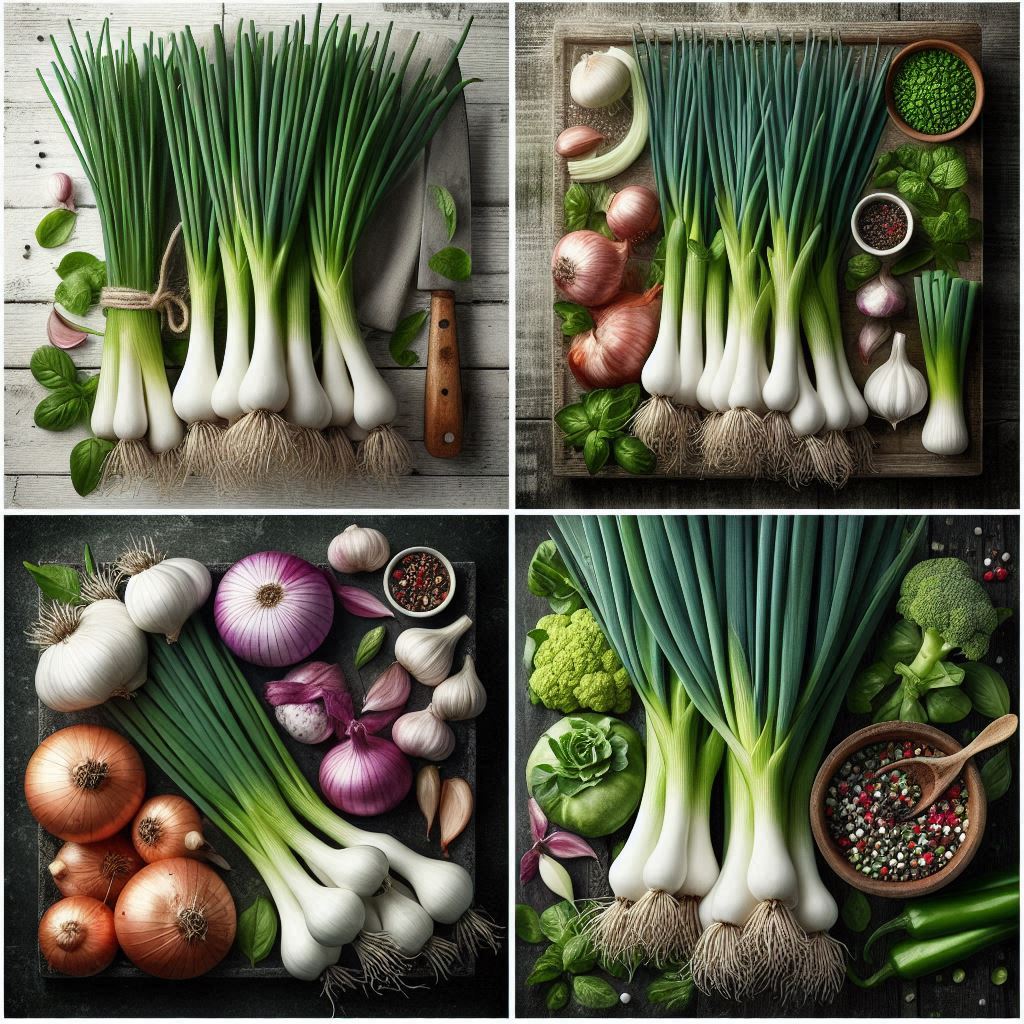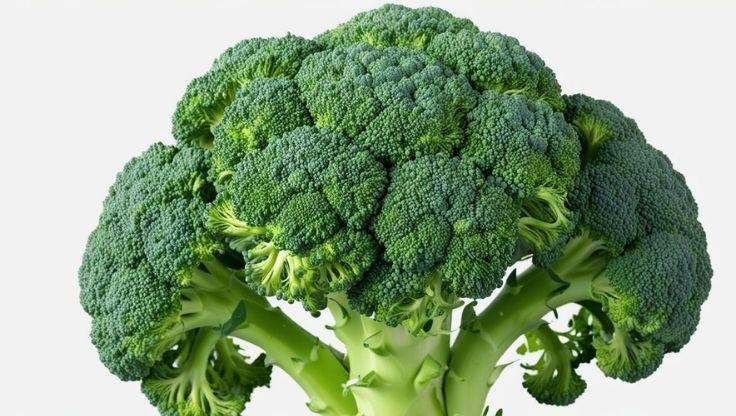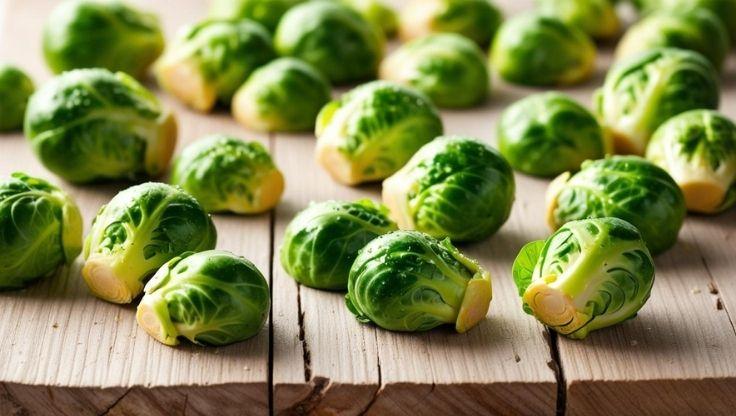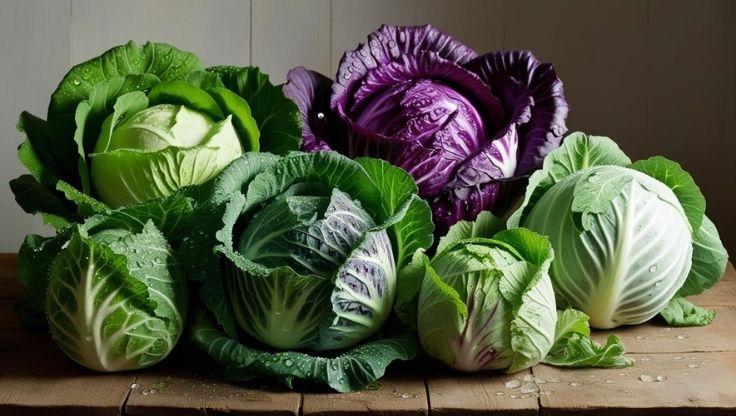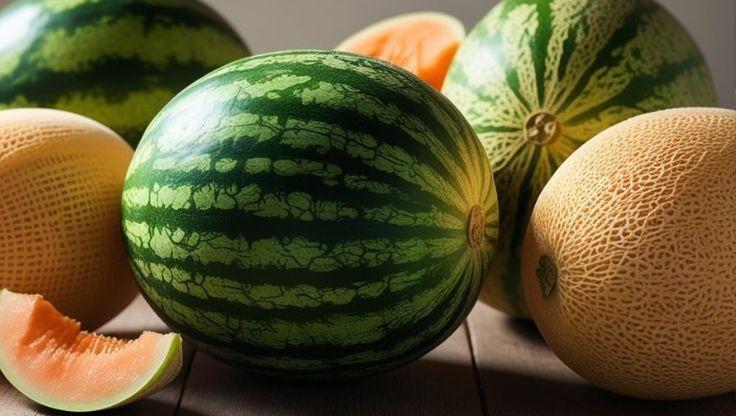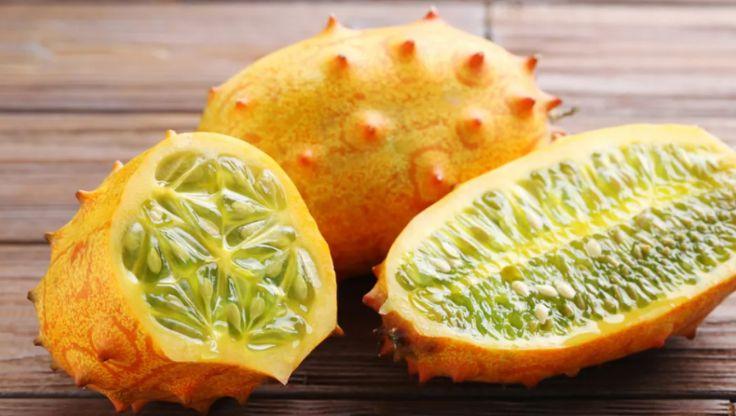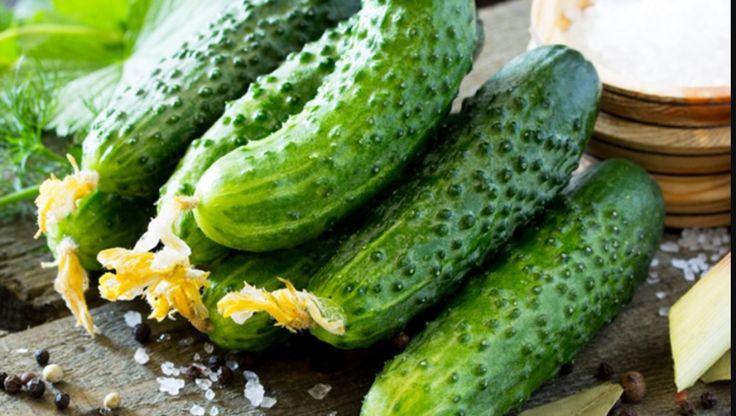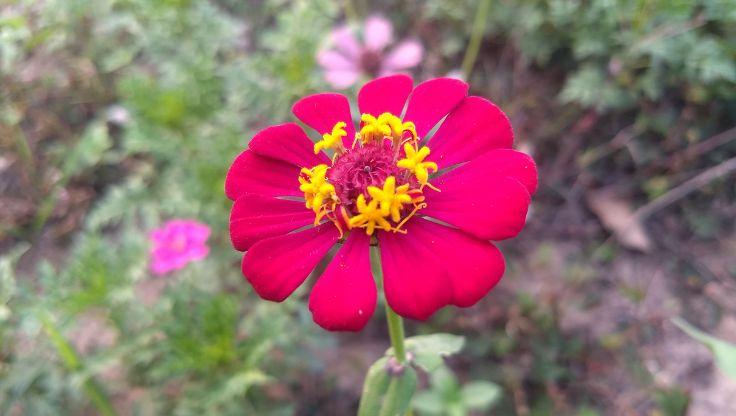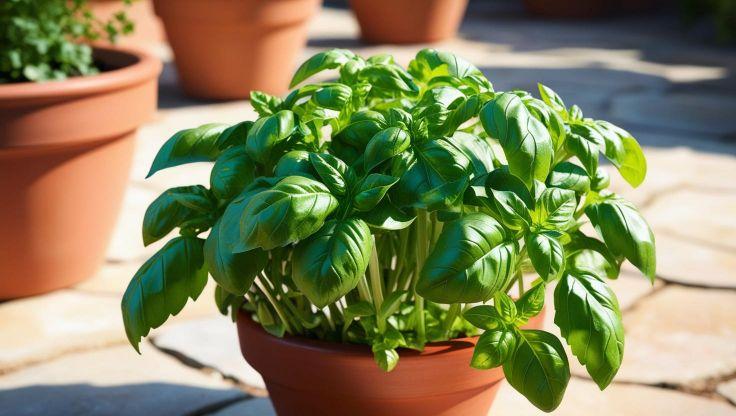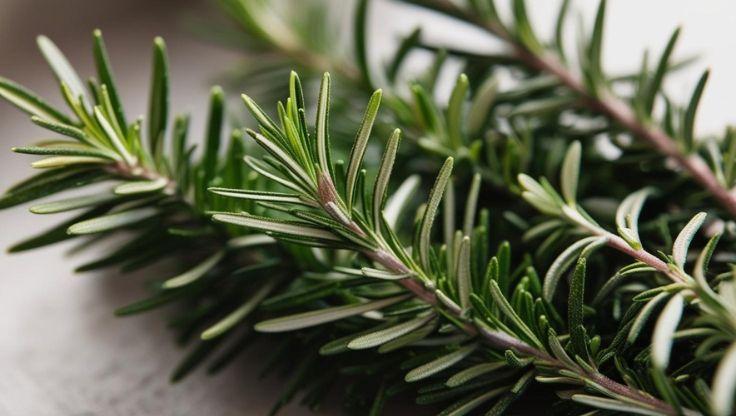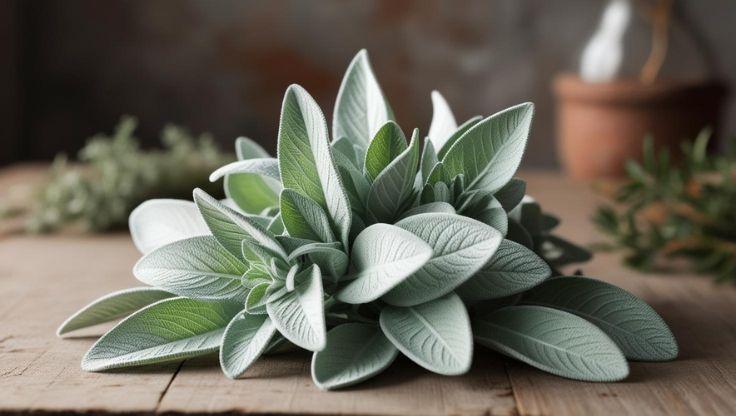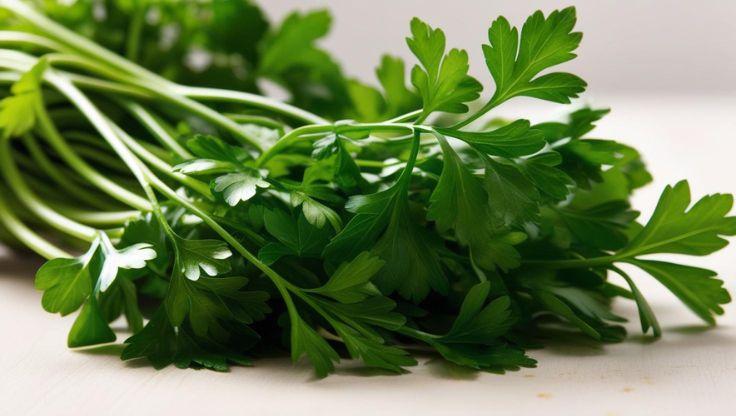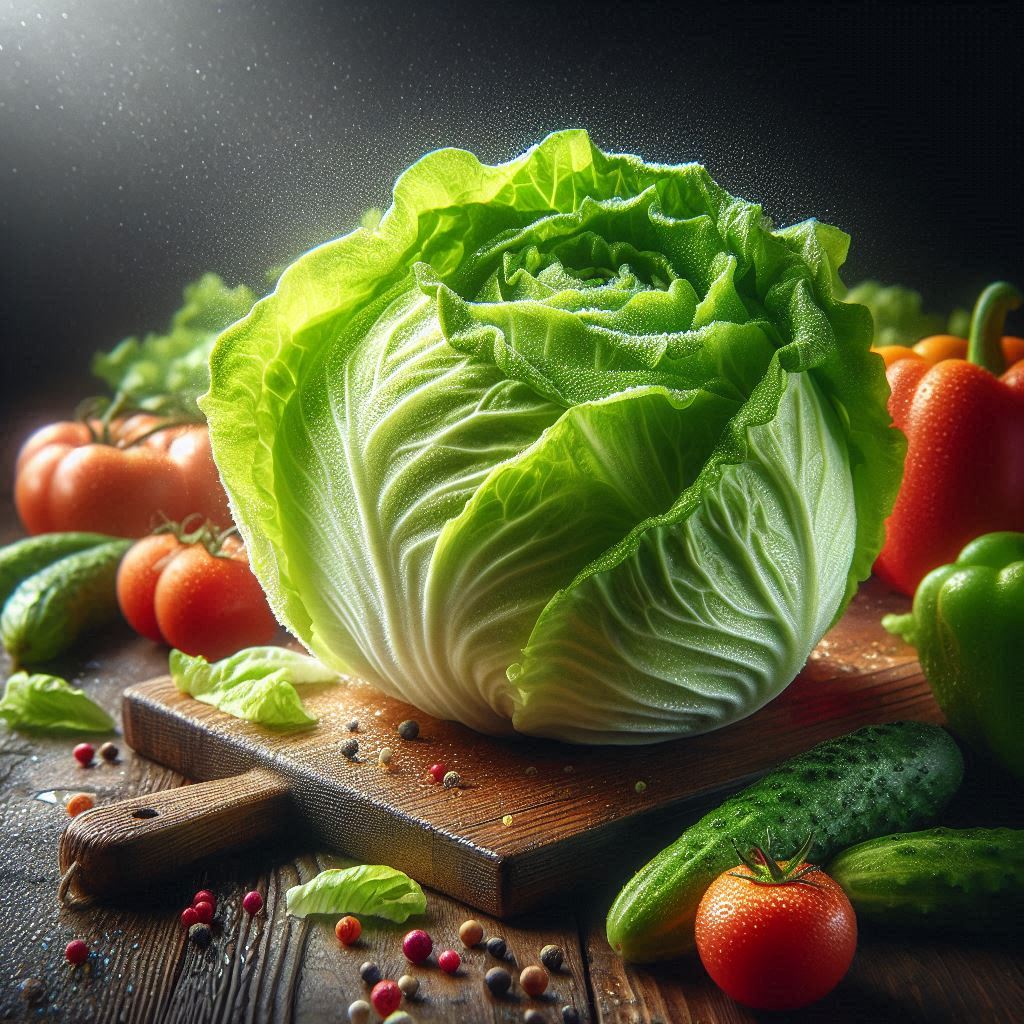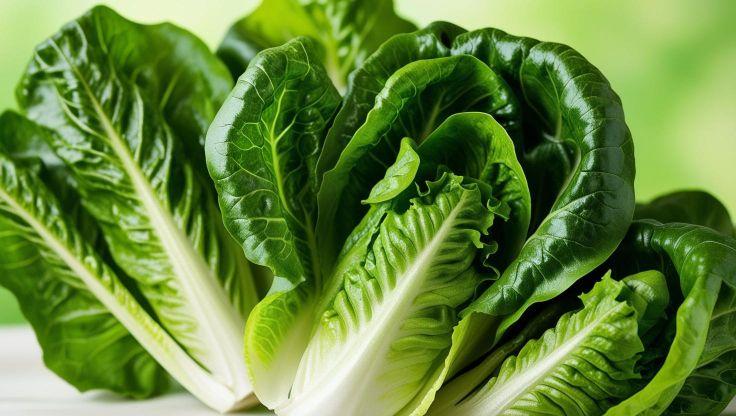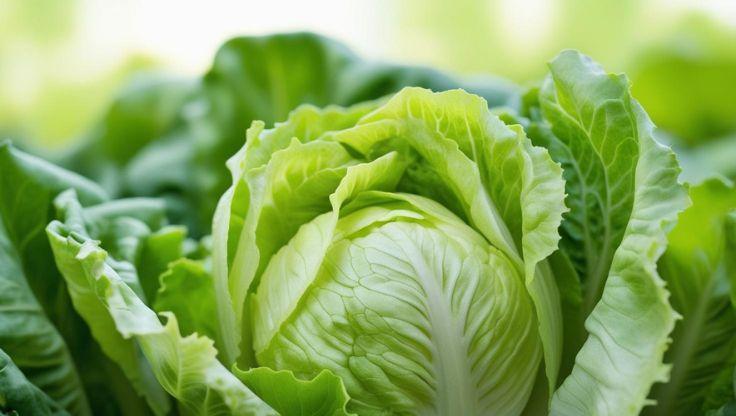Hydroponic Plants: Celosia Flowers and Their Cultivation in Hydroponic Systems
Celosia (Celosia spp.) is a strikingly beautiful flowering plant, known for its vibrant, flame-like blooms and diverse color varieties. Originally native to tropical regions of Africa and Asia, celosia thrives under controlled conditions, making it an excellent candidate for hydroponic systems. Unlike traditional soil-based cultivation, hydroponic plants like celosia benefit from enhanced nutrient availability, improved water efficiency, and fewer disease risks.
Its adaptability and ornamental value make it a preferred choice for both commercial and home growers.

Hydroponic Growing Conditions for Celosia Flowers
Optimal pH and EC Levels for Hydroponic Celosia
Maintaining the correct pH balance and electrical conductivity (EC) levels is essential for healthy root development and vibrant flower production:
- pH Range: 5.5–6.2 – This slightly acidic environment ensures efficient nutrient uptake and robust plant growth.
- EC Levels: 1.2–1.6 mS/cm – Regulating conductivity supports balanced nutrient absorption, preventing deficiencies or toxic buildup.
Consistent monitoring of the hydroponic solution is necessary to maintain stability and optimize plant performance.
Environmental Requirements for Hydroponic Celosia
To successfully grow hydroponic plants, including celosia, careful control of light, temperature, and humidity is required:
Light Needs
Celosia thrives under 12–16 hours of LED or fluorescent lighting daily, which promotes strong stems, bright coloration, and continuous flowering.
Temperature Control
Maintaining temperatures between 20–26°C (68–79°F) ensures steady growth and minimizes stress-related issues. Lower temperatures may slow growth, whereas excessive heat can impact flower vibrancy.
Humidity Regulation
An optimal humidity level of 50–75% prevents dehydration while improving petal texture and bloom longevity. Good air circulation minimizes the risk of fungal infections and leaf damage.
Cultivation Process of Celosia in Hydroponic Systems
Seed Sowing and Germination in Hydroponic Systems
For successful hydroponic cultivation, celosia seeds should be sown individually in hydroponic trays to allow adequate root expansion. The germination process typically begins within 7–14 days, depending on environmental conditions such as temperature and humidity.
Since celosia seeds are small and delicate, they should be placed in moist, well-aerated growing media such as coco coir, perlite, or rock wool. Maintaining a temperature of 20–26°C (68–79°F) during germination ensures optimal sprouting and early root development.
Once seedlings establish strong root systems, they are transplanted into hydroponic growing channels or nutrient-rich reservoirs. This method ensures efficient nutrient absorption, leading to vigorous growth and high-yield potential.
Growth Timeline and Maturity
After transplanting, hydroponic celosia reaches maturity within 8–12 weeks, making it a relatively fast-growing plant compared to traditional soil-based cultivation. The controlled environment of hydroponic systems allows for consistent growth rates, ensuring year-round production without seasonal limitations.
Regular monitoring of pH levels (5.5–6.2) and electrical conductivity (EC) levels (1.2–1.6 mS/cm) is essential to maintain optimal nutrient balance. Proper light exposure (12–16 hours daily) and temperature regulation (20–26°C) further enhance plant development.
Popular Celosia Varieties for Hydroponic Gardening
Several celosia varieties thrive in hydroponic gardens, each offering unique colors and growth characteristics:
- Celosia cristata (Cockscomb) – Recognized for its dense, brain-like flower heads, this variety is commonly grown for ornamental purposes.
- Celosia argentea (Plumed Celosia) – Known for its soft, feathery blooms, this variety is cultivated for both decorative and floral arrangements.
- Celosia spicata (Wheat Celosia) – Featuring elongated, spike-like flowers, this variety is ideal for cut flower production and landscaping.
These varieties adapt well to hydroponic systems, benefiting from controlled nutrient delivery and optimized environmental conditions.
Uses and Benefits of Hydroponic Celosia Flowers
Culinary Applications of Hydroponic Celosia
Celosia leaves are a popular ingredient in African and Asian cuisines, offering a mild, spinach-like flavor that complements various dishes:
- Traditional African stews – Celosia leaves are commonly used in Nigerian soups, such as Efo Riro, where they add a rich texture and earthy taste.
- Asian stir-fries and sautés – The tender leaves are incorporated into vegetable stir-fries, enhancing both nutritional value and flavor complexity.
- Herbal infusions and teas – Celosia flowers can be brewed into antioxidant-rich herbal teas, offering potential health benefits.
Because hydroponic plants grow in controlled environments, celosia maintains consistent flavor intensity and nutrient density, making it a preferred ingredient for culinary experts.
Medicinal Properties of Hydroponic Celosia
Celosia is packed with anti-inflammatory, antioxidant, and immune-boosting compounds, contributing to various health benefits:
- Skin hydration and repair – Celosia extracts promote collagen production, aiding in wound healing and skin regeneration.
- Immune system support – Rich in flavonoids and carotenoids, celosia strengthens the body's natural defenses.
- Anti-inflammatory effects – The plant helps reduce swelling and irritation, making it beneficial for digestive health and muscle recovery.
Studies suggest that celosia-based treatments may also assist in reducing oxidative stress and supporting cardiovascular health, further enhancing its medicinal value.
Sustainability Advantages of Hydroponic Celosia
Growing hydroponic plants like celosia offers significant environmental and agricultural benefits:
- Water conservation – Hydroponic celosia requires up to 90% less water than traditional soil-based farming.
- Optimized nutrient delivery – Controlled hydroponic systems ensure efficient absorption, leading to stronger, healthier blooms.
- Reduced pesticide use – The absence of soil minimizes exposure to pests and pathogens, resulting in cleaner, safer flowers.
With the increasing demand for sustainable farming solutions, hydroponic celosia cultivation presents a viable option for eco-friendly floral production
Conclusion
The cultivation of hydroponic plants, particularly Celosia flowers, offers a sustainable, efficient, and highly productive alternative to traditional soil-based farming. Through optimized nutrient absorption, controlled environmental conditions, and water-efficient hydroponic systems, growers can achieve consistent yields, healthier plants, and continuous year-round flowering.
Beyond its striking ornamental appeal, hydroponic plants like Celosia provide culinary and medicinal advantages, making them a versatile crop for diverse applications. Whether used in African and Asian cuisine, herbal treatments, or floral displays, Celosia thrives in hydroponic environments, benefiting from enhanced disease resistance, minimal pesticide use, and superior bloom quality.
As modern agriculture shifts toward eco-friendly and innovative solutions, hydroponic plants prove to be a game-changer, allowing growers to cultivate Celosia efficiently while supporting sustainability and long-term agricultural viability.
|
Institution |
Article Title |
Article Link |
|---|---|---|
|
Academia.edu |
Aquaponics versus conventional farming: effects on the growth, nutritional and chemical compositions of Celosia argentea |
|
|
ResearchGate |
Interaction of Mn and Cd during their uptake in Celosia argentea differs between hydroponic and soil systems |


